DEPARTMENTS
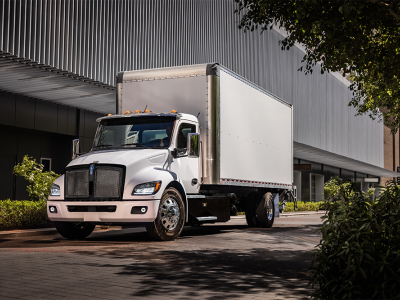
Kenworth Medium-Duty Battery-Electric Trucks
Kenworth recently announced the launch of its first conventional medium-duty battery-electric trucks: the T280E, T380E and T480E. These new Class 6-8 models extend Kenworth’s commitment to providing fleets with versatile, zero-emission solutions designed for a wide variety of applications, including pickup and delivery, utility, regional haul and vocational.
The company’s all-new medium-duty BEVs…
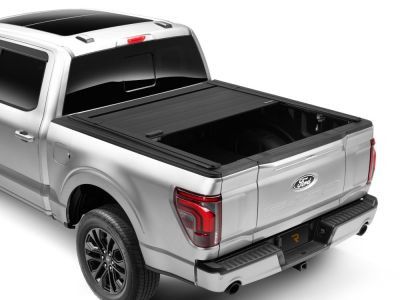
RealTruck Retractable Tonneau Cover
RealTruck has introduced the FRC-4000, the industry’s first EZ-OFF full-bed-access retractable tonneau cover. Combating space-eating canister designs, the FRC-4000 delivers a secure, easy-to-use retractable truck bed cover that offers comprehensive bed access at a moment’s notice.
The FRC-4000’s patented EZ-OFF lift handles enable quick and effortless removal when you need to make room in the tru…
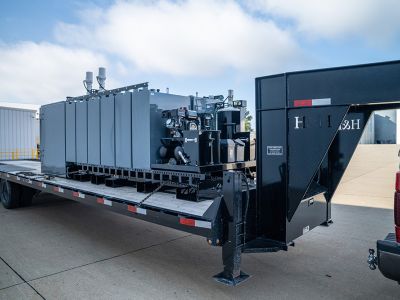
Thunder Creek Fuel and Lube Skids
Thunder Creek Equipment has launched three all-new fuel and lube skids that bring the company’s lineup of no-HAZMAT mobile fleet management solutions to flatbed trucks, utility trailers and more. The three skids are based on the three current platforms available in trailer form and as truck upfits: the Multi Tank Oil Skid, the Service & Lube Skid and the Multi-Tank Diesel Skid.
Each skid achi…
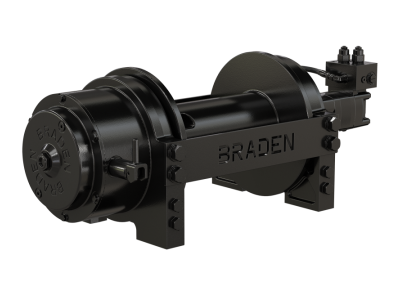
BRADEN Hydraulic Planetary Winches
BRADEN has introduced the TR25 and TR35 hydraulic planetary winches, expanding the trusted TR Series with two new models engineered for the demanding needs of trailer manufacturers, towing and recovery fleets, utility operations and more.
Built around BRADEN’s proven planetary gear technology, the TR Series delivers the fast line speeds, high efficiency and continuous-duty performance required fo…

The Latest Developments in Aerial Equipment Safety
Efforts to improve aerial work platform safety have fueled multiple recent technological innovations now available for use by utility organizations.
Among the critical features found in modern bucket trucks are collision-mitigation systems and reverse sensors and camera systems, according to Chris Shallenberg, national sales manager for PALFINGER North America (www.palfinger.com).
“These features…
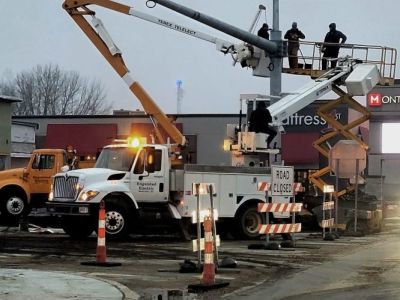
Traffic Control Done Right: Best Practices for Utility Work Zones
Electric utility crews face many risks when working near traffic. Due to the numerous variables that they assess and manage, crews must understand how the job, location, equipment and people will interact on the worksite to achieve optimal safety and efficiency.
The Manual on Uniform Traffic Control Devices (MUTCD), produced by the Federal Highway Administration and available at https://mutcd.fhw…

Q&A: From Farm to Fleet and Beyond With Matt Gilliland
Matt Gilliland didn’t plan on a career in fleet management. Growing up on a Nebraska farm and later working in his father’s repair shop, he developed mechanical skills that would prove invaluable in fleet. But his initial path led elsewhere, from political science studies to social services work.
Then came December 2006. Gilliland was at Kearney Tire & Auto Service, a preferred provider for N…

Top 5 Fleet Electrification Trends to Watch in 2026
Two years ago at NTEA’s Work Truck Week, electric vehicles dominated the conversation. Every OEM touted its electrification solutions. The message was clear: the future is all-electric, and it’s happening now.
Fast-forward to today and the picture looks different.
“It’s clear the EV market is not where it was just two years ago,” said Jeremy Dewey, manager of energy and fuel for Holman (www.holma…
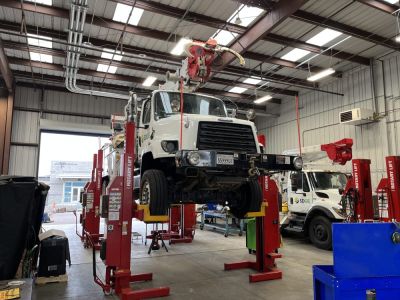
Preventing Maintenance Shop Injuries: Practical Guidance for Utility Fleets
In a busy maintenance shop, even a small misstep can lead to injury. Common hazard mitigation tactics include shop safety protocols, signage, and training and personal protective equipment for employees.
But once a fleet manager checks those boxes, is there more they can do? To find out, UFP spoke with Jeffrey James Neal, fleet maintenance operations manager for San Diego Gas & Electric (SDG&…
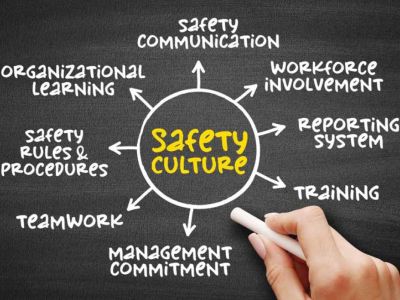
Cultivating a Healthy Fleet Safety Culture
An ideal utility fleet safety program will account for fleet’s distinct operating environment.
Why?
“The fleet group is totally different than what a lot of utility workforces do,” explained Matt Gilliland, director of operations support and business continuity for Nebraska Public Power District (NPPD). “We work on a variety of different equipment, and it’s very seldom the same issue or problem t…

ATSSA’s 2026 Convention Heads to Houston
From February 20-24, thousands are expected to gather at the George R. Brown Convention Center in Houston for the American Traffic Safety Services Association’s 56th Annual Convention & Traffic Expo.
Billed as the premier North American event for the roadway safety infrastructure industry, attendees can expect to explore the latest developments in relevant devices, vehicles, equipment and tec…
A Farewell and Thank You
This issue marks the end of my tenure as editor of Utility Fleet Professional magazine. After a decade of serving this incredible community, I’m retiring from the editorial world to pursue my next chapter.
It’s been an honor.
Before joining UFP, I spent years selling GM and Isuzu medium-duty trucks, ranking among the top 25 reps in the country. I started writing for fleet publications in 2006 whi…

Spec’ing Strobe Lights for Utility Trucks
Strobes and beacons play a critical role in both worker and public safety, increasing vehicle visibility during roadside operations. But they aren’t all created equal, which means fleet managers must weigh several factors when spec’ing these lights.
First, define vehicle use and environment. Consider the primary functions and operating conditions of your fleet. Then, strategize for multilevel vis…
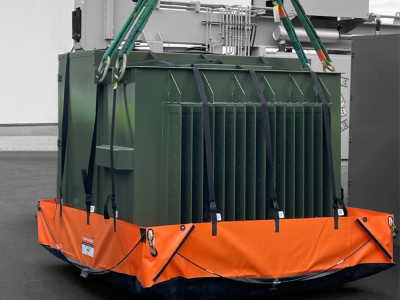
Andax Tarptainer Containment System
Andax Industries has introduced the Tarptainer, a safety containment system for large electric utility transformers and other equipment that allows for minimal ground clearance and enables crews to maintain a safe distance from suspended loads.
The Tarptainer can be placed under transformers or equipment with as little as 1 inch of ground clearance. The sides remain flat during positioning, elimi…
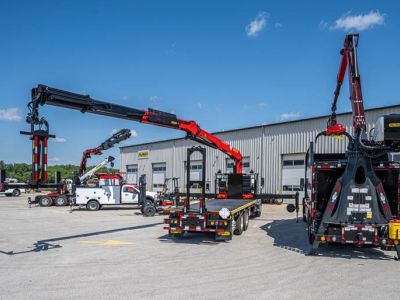
PALFINGER Financial Services
PALFINGER, a global leader in lifting solutions, has announced the launch of PALFINGER Financial Services. This new program provides registered businesses in the U.S. with flexible and competitive financing options to acquire PALFINGER equipment, reinforcing the company’s commitment to being a solutions provider.
PALFINGER Financial Services gives contractors, fleet owners and business operators…
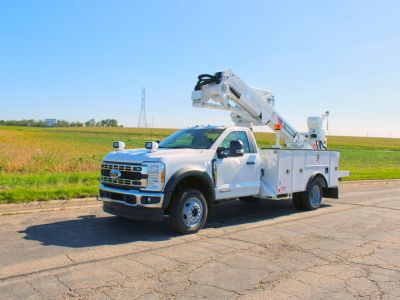
Terex TRX Series
Earlier this month, Terex officially launched its all-new TRX Series – a family of telescopic aerial devices designed for trouble truck and distribution work – at The Utility Expo in Louisville, Kentucky. The series is engineered to deliver superior lifting capacity, increased payload and operational efficiency, all without the need for a CDL.
The TRX Series includes four models (TRX41, TRX48, TR…
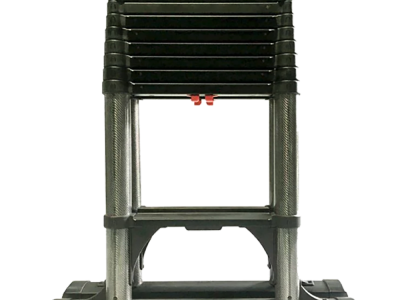
Telesteps Introduces Kevlar Telescoping Ladders
Telesteps has introduced the world’s first and only DuPont Kevlar telescoping ladders, available in both a Type 1A extension and a Type 1AA A-frame stepladder. Unlike aluminum ladders, these models are fully non-conductive, significantly reducing electrocution risk for lineworkers and electricians working near energized lines. Compared to fiberglass, Kevlar is lighter, stronger, and far more resi…

Keys to Crafting a Strong Fleet Telematics RFP
Developing a strong telematics request for proposal (RFP) is a critical and somewhat complex process that can present a host of potential challenges. To learn more about what it takes for utility fleet professionals to successfully navigate this task, UFP spoke with Beth Daiber, superintendent of field support and analysis for Ameren Illinois, and Steven Berube, vice president of sales at Geotab…
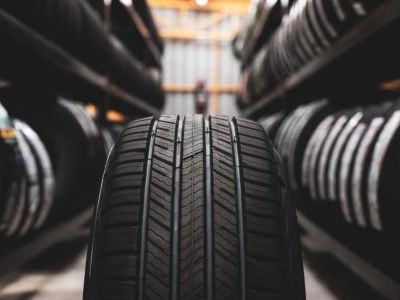
Getting More Mileage Out of Tire Supplier Relationships
While it’s true that outsourcing tire procurement and maintenance can reduce a shop’s workload, fleets must effectively oversee their tire vendors to maximize the benefits of these partnerships.
“Tires are often among the top expenses for most fleets,” said Christopher Foster, director of North American fleet management services at Holman (www.holman.com). “It’s critically important to have a pro…

Q&A: Inside ComEd’s Long-Running Biodiesel Program
In 2001, ComEd – a Chicago-based utility serving over 4 million customers across northern Illinois – became one of the first utilities in the Midwest to adopt biodiesel. Today, approximately 1,900 company vehicles run on biodiesel blends, ranging from B20 (for most of the year) to B11 (during the winter).
What led ComEd to launch a biodiesel program? What were some of the early challenges the uti…



